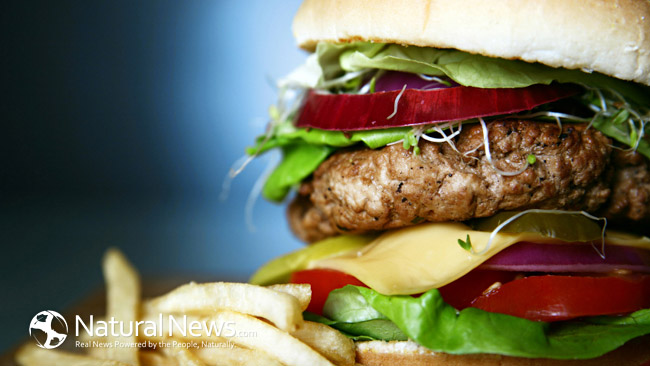We have to eat to live. Food is a necessity and with its consumption comes constant decision making. Consider how many times per day you think about food. All these choices have a label on them (even on restaurant menus now), that include how many calories per serving each item contains. A calorie is actually a unit of energy. Our body needs this energy to function. Scientifically speaking, a calorie is the amount of energy needed to raise 1 kilogram of water from 0 to 1 degree Celsius.
Different food selections have different amounts of calories. Macronutrients are the baseline for counting calories. One gram of protein has 4 calories. One gram of carbohydrates has 4 calories and one gram of fat has 9 calories. Our caloric needs can be very individualized based on age and activity level, but general guidelines to follow for adults would be that 10-35% of our calories come from protein, 45-65% come from carbohydrates, and 25% should come from fats.
Counting and cutting calories has become a popular approach to food selection, specifically for weight loss. Of course we can all relate that this is much easier said that done, mainly because behavior change is not easy. Food is addictive, rewarding, comforting, cultural, celebratory, and pleasurable. There are general guidelines that tell us how many calories we should have per day. Most sources tell us 2,000, but daily needs differ for each person. Depending on someone’s goal, it is important to consider your total daily energy expenditure (TDEE) and your basal metabolic rate (BMR) which are functions we perform like breathing or blinking that actually expends calories as well. There are many online tools available for this calculation, but in general to lose weight you want to eat less calories than your TDEE and the opposite to gain weight. To maintain would be to find this number and eat close to that amount.
The type of calories you consume is the game changer. Protein builds muscle, keeps us satiated, and helps with tissue functions. Carbohydrates give us energy. Fats give energy and are important for our hormones. Simply put, in terms of choices, high calorie foods like having a beef hamburger as a protein choice versus having a lean piece of chicken, would have different results when it comes to our total daily intake of protein and fats.
There are calorie counting applications available on our phones which are good for accountability and estimating what we are intaking. Bottom line is that you don’t want to have a piece of cake, decide it is high calorie, then starve for the rest of the day to compensate. To do your best to be fit and healthy treat your body with nutrition and nourishment that uses good calories as the gas to fuel your tank and feel your best.
Calories – StatPearls – NCBI Bookshelf (nih.gov)
Reducing Calorie Intake May Not Help You Lose Body Weight – PMC (nih.gov)
The post Calories: No need for a receipt, they always count appeared first on NaturalNewsBlogs.



